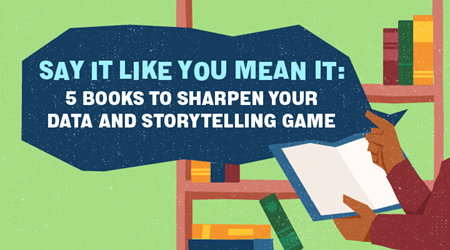9 Ways To Verify Online Content Like A Pro
1. Who else published it?
If a story seems unbelievable, pick out a distinct phrase or detail and do a Google search of the phrase within quote marks. The results will yield only sites containing the same exact words. Are the other websites carrying the story credible?
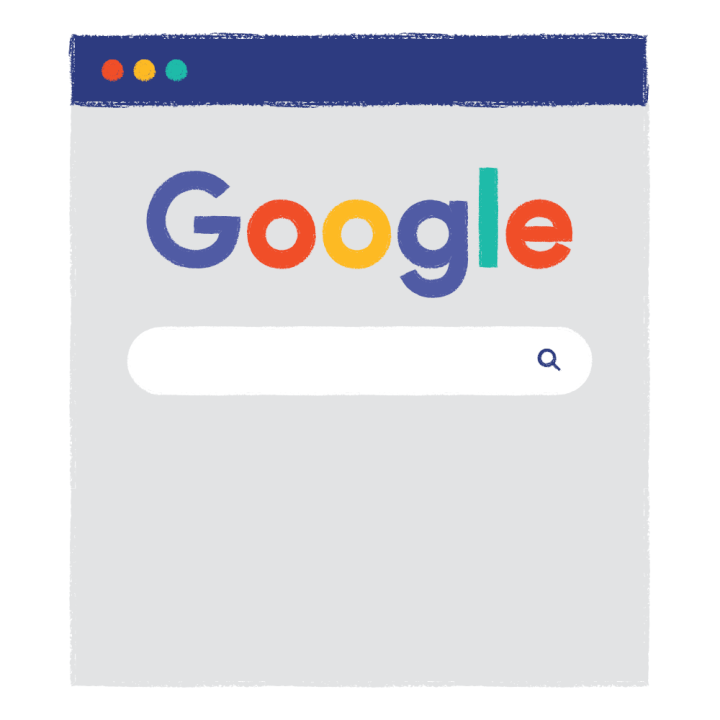
2. Who reported it? Did they really?
Information from established media outlets like The New York Times or BBC News are more likely to be trustworthy. But make sure that the website links are legitimate. Fake news websites tend to use deceptive URLs that mimic mainstream sources to fool readers. Some examples include abcnews.com.co or cnn.com.de
See how one coding enthusiast is doing his part to fight misinformation by making fun quizzes about local current affairs.

3. Has the photo been edited?
Look closer for tell-tale signs of photo manipulation. Doctored images tend to have inconsistent details, such as blurred edges, missing shadows or even people with missing limbs. Text that appears in reverse is also a sign.

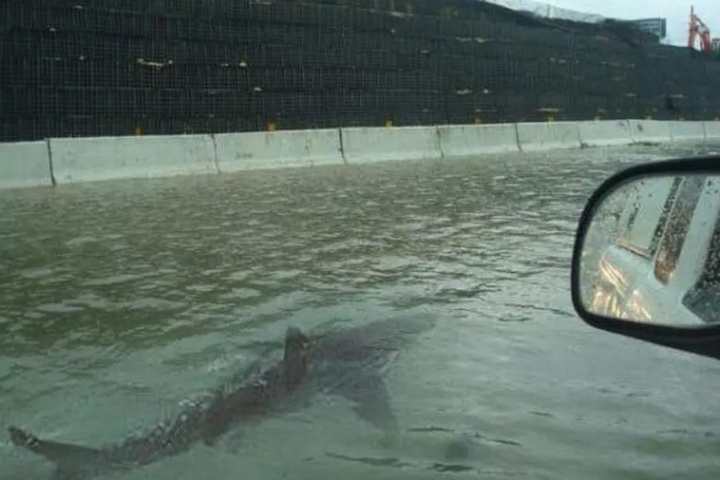
4. What is the origin of the photo?
Do a Google image search to see which outlets have published the image, when the image was first published and who created it. The results will also show similar images, giving you another way to check if the image you are verifying has been taken out of context or edited.
.gif)
5. Have others debunked the photo?
The Google Chrome browser has downloadable extensions that provide crowdsourced fact-checking. The SurfSafe plug-in shows you which images have been flagged as fake, and also allows you to report images that are misleading or have been manipulated.
Here are other online tools to help you verify fake images.
.gif)
6. Does the video match its caption?
Some videos may be genuine but shared out of context. For videos on YouTube, use Amnesty International’s YouTube Dataviewer to check when the video was posted. Does the video’s upload time match the news event it’s supposed to represent? This tool also does reverse image searches on key frames of the video to find its original source.
Another tool you can use is InVidPlug, a browser plug-in that checks videos uploaded on platforms beyond YouTube.
.gif)
7. What evidence have others found?
If a video or photo has gone viral, look through the comments section to see if anyone else has already debunked it. Just as with text, you can also pick out key details of the video or photo, and do a text search on Google to confirm its authenticity.
Here are other ways to check whether a viral story is a hoax.
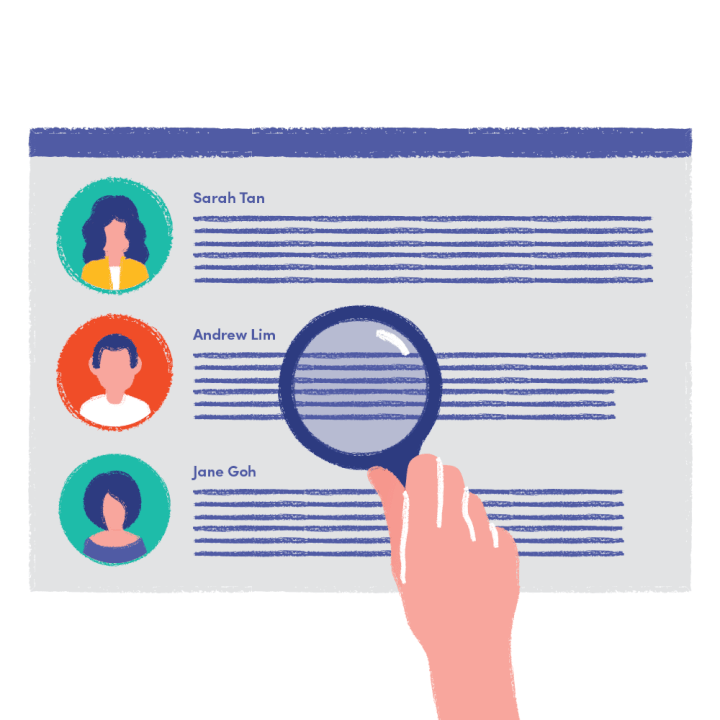
8. Did the post or conversation really happen?
Screenshots of text are easily faked with photo-editing software and fake message generator apps. On many social media platforms, posts can be changed simply by editing the underlying HTML code within the Internet browser and taking a screenshot of the edited text. One way to verify that tweets and Facebook posts really exist is to find the link to the actual post (that is, if it has not been deleted).

9. Is it too good to be true?
For anything you see or hear online, a healthy dose of scepticism goes a long way. The information may have been shared by someone you trust, but if the content seems far-fetched or unbelievable, the onus is on you to verify that it is true.
Read public officers’ tales of how they fell for false information (and shared them).

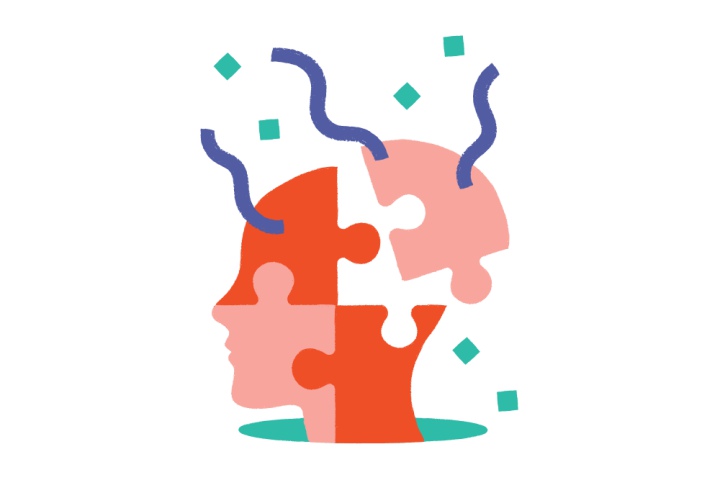
The psychology behind fake news
Why do people create and spread false information? According to Dr Alice Marwick, an assistant professor in the communication department of University of North Carolina, people may share the things they believe in to signal their identity to like-minded people. They want to express their deeper opinions and political allegiances, and be affirmed by the reactions and comments from others who feel the same.
With technology, falsehoods are more sophisticated and difficult to detect. A study in January 2019 found that older users are more prone to believing and sharing false information. On top of natural cognitive decline as they age, older adults may also be less digital-savvy. This makes them more likely to fall for falsehoods – especially those that target people’s willingness and desire to help others.
But why do hoaxes, conspiracy theories and tall tales get made in the first place? Money talks. Fake news is a lucrative industry that profits from clicks and shares. Articles with sensationalised content and clickbait-style headlines tempt users to visit certain websites. Every increase in traffic flow generates advertising revenue.
Besides profit, how do (the often anonymous) perpetrators of false information benefit? Rumours spread via WhatsApp have led to angry, violent mobs in India and innocent civilians being killed in Mexico. Were the rumours started out of malice, revenge or political intent? It is curious to think about what drives people to do so when money or fame isn’t the aim.
As individual Internet users, we are the first line of defence against the dangers of falsehoods. Find out more about Digital Defence, Singapore’s sixth pillar of Total Defence.
- POSTED ON
Mar 11, 2019
- TEXT BY
Wong Wing Lum
- ILLUSTRATION BY
Brenda Lim








